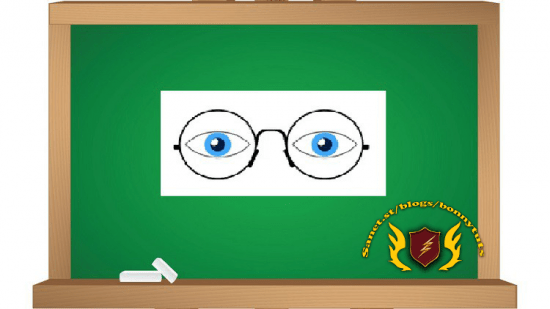
Published 07/2022
MP4 | Video: h264, 1280×720 | Audio: AAC, 44.1 KHz, 2 Ch
Genre: eLearning | Language: English + srt | Duration: 32 lectures (10h 12m) | Size: 4.7 GB
Basic and Advanced Computer Vision
What you’ll learn
Basic and Advanced Computer Vision
Artificial Neural Network
Keras Tools, Keras API Support
Image Processing, CNN
Requirements
Python
Description
Computer vision is an area of deep learning dedicated to interpreting and understanding images. It is used to help teach computers to “see” and to use visual information to perform visual tasks
Computer vision models are designed to translate visual data based on features and contextual information identified during training. This enables models to interpret images and apply those interpretations to predictive or decision making tasks.
Image processing involves modifying or enhancing images to produce a new result. It can include optimizing brightness or contrast, increasing resolution, blurring sensitive information, or cropping. The difference between image processing and computer vision is that the former doesn’t necessarily require the identification of content.
Deep Learning is part of a broader family of machine learning methods based on artificial neural networks.
Deep-learning architectures such as deep neural networks, recurrent neural networks, convolutional neural networks have been applied to fields including computer vision, speech recognition, natural language processing, machine translation, bioinformatics, drug design, medical image analysis, material inspection and board game programs, where they have produced good results
Artificial neural networks (ANNs) were inspired by information processing and distributed communication nodes in biological systems. ANNs have various differences from biological brains.
Keras is the most used deep learning framework. Keras follows best practices for reducing cognitive load: it offers APIs, it minimizes the number of user actions required for common use cases, and it provides clear & actionable error messages.
Following topics are covered as part of the course
Introduction to Deep Learning
Artificial Neural Networks (ANN)
Activation functions
Loss functions
Gradient Descent
Optimizer
Image Processing
Convnets (CNN), hands-on with CNN
Gradients and Back Propagation – Mathematics
Gradient Descent
Mathematics
Image Processing / CV – Advanced
Image Data Generator
Image Data Generator – Data Augmentation
VGG16 – Pretrained network
VGG16 – with code improvements
Functional API
Intro to Functional API
Multi Input Multi Output Model
Image Segmentation
Pooling
Max, Average, Global
ResNet Model
Resnet overview
Resnet concept model
Resnet demo
Xception
Depthwise Separable Convolution
Xception overview
Xception concept model
Xception demo
Visualize Convnet filters
Who this course is for
Python programmers, Machine Learning aspirants, Deep Learning Aspirants
Password/解压密码www.tbtos.com


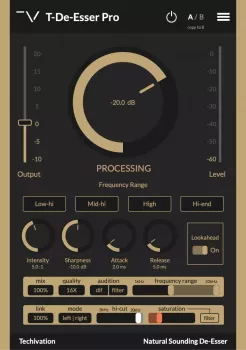
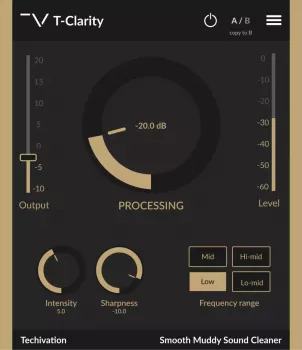
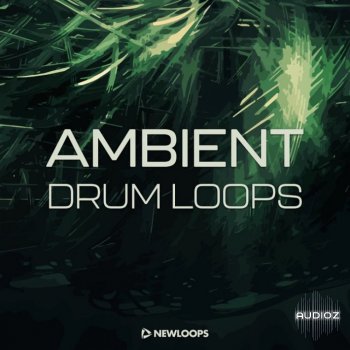
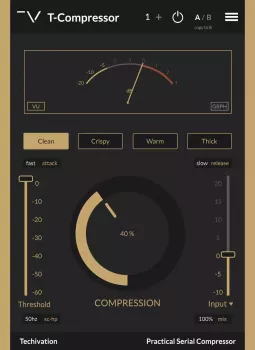
评论0